Debunking Myths: Spray Foam Insulation Facts
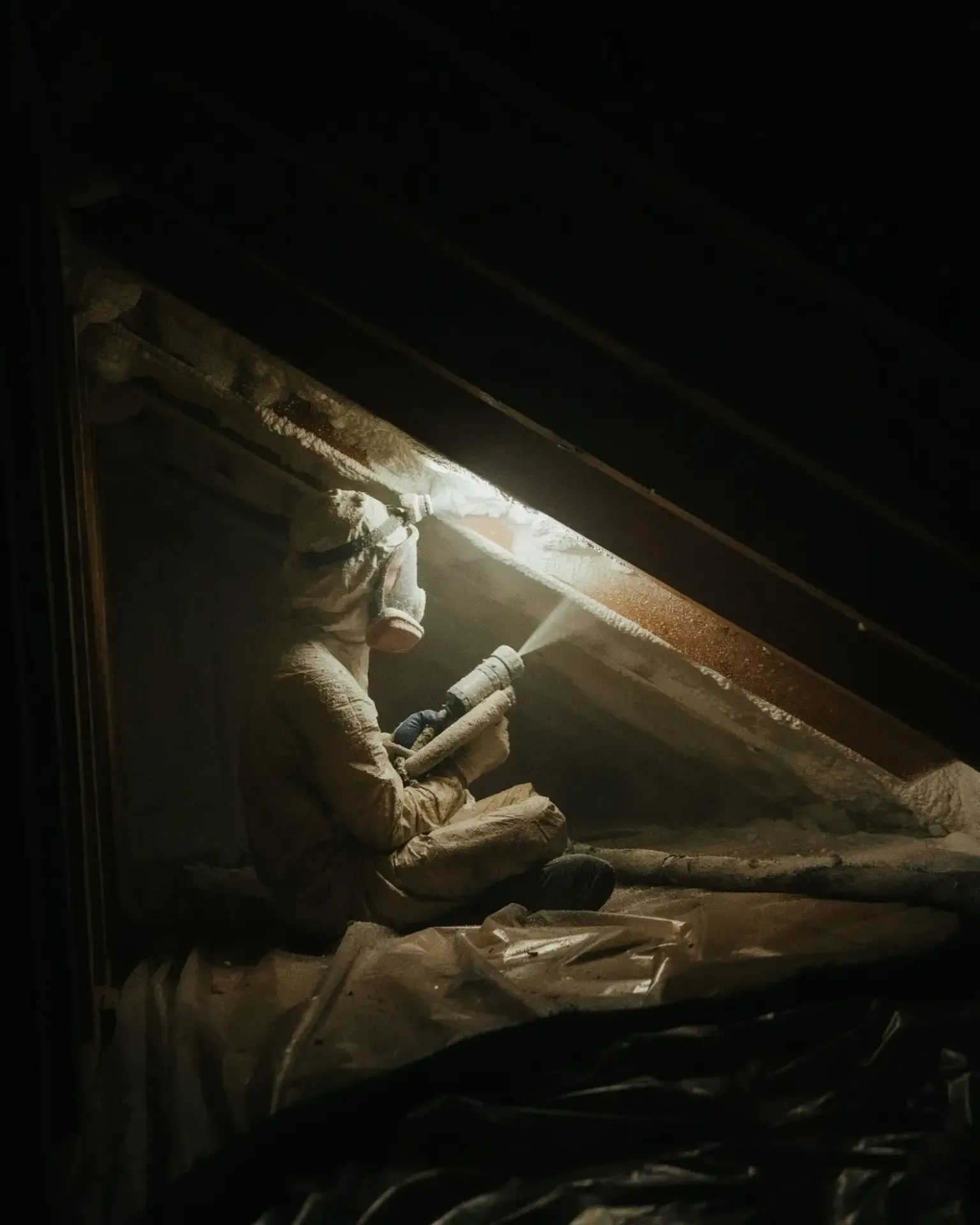
Spray foam insulation, a versatile polyurethane -based solution , has gained popularity for its ability to create an airtight seal in walls, floors, and ceilings. Despite its effectiveness, misconceptions about this insulation method persist, leading to confusion among homeowners and contractors alike. These myths often stem from outdated information or misunderstandings about the different types of spray foam , including open- cell and closed- cell varieties.
In this article, we’ll debunk common myths surrounding spray foam insulation, providing you with accurate information to make informed decisions about your home’s insulation needs.
Key Takeaways
- Spray foam insulation is safe when properly installed and offers long-term benefits
- Different types of spray foam suit various applications and climates
- Spray foam ‘s energy efficiency can offset its higher initial cost over time
- Professional installation ensures optimal performance and safety of spray foam insulation
- Spray foam can be applied throughout a home, not just on the bottom floor
Myth 1: Spray Foam Insulation Is Toxic
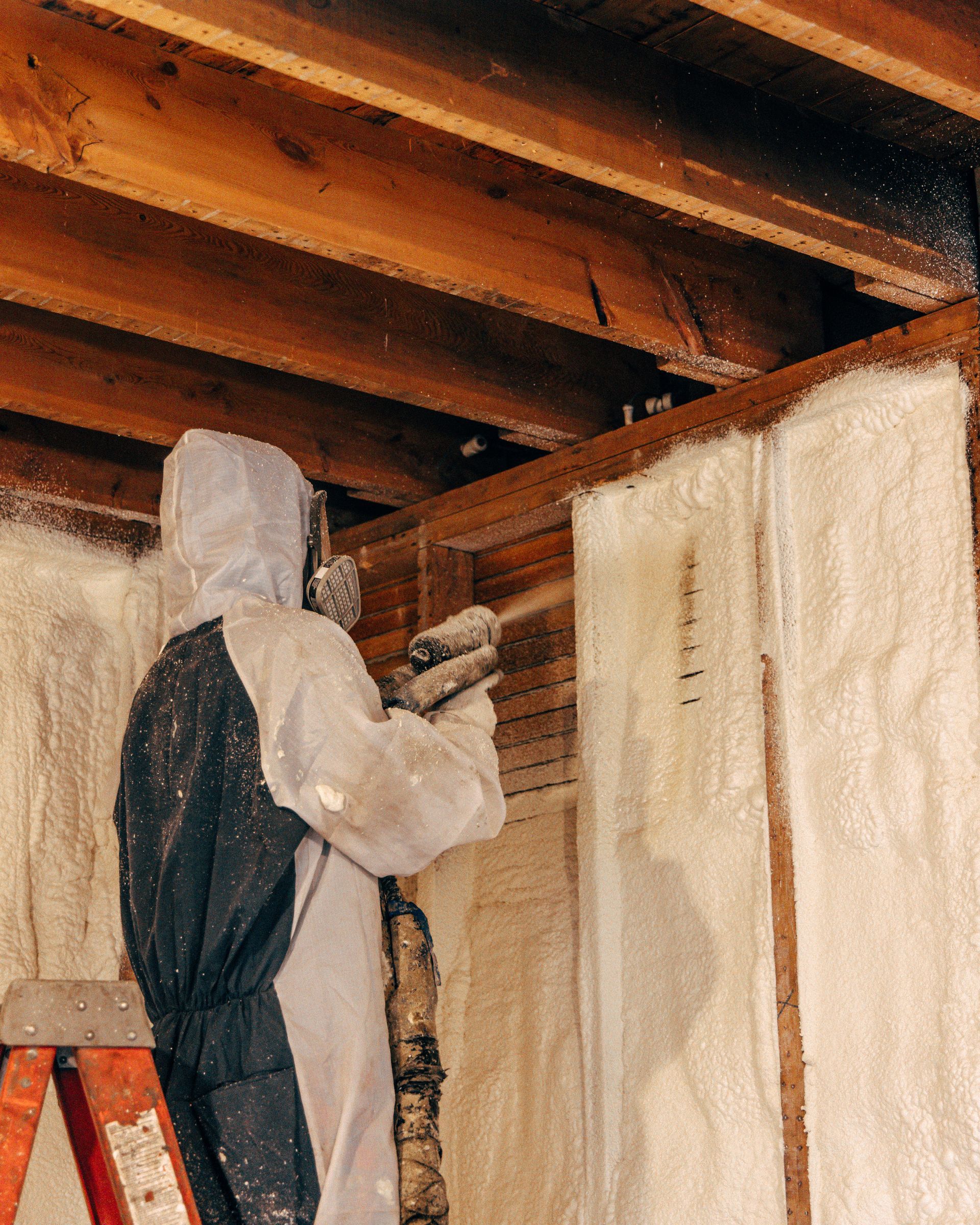
Spray foam insulation has faced scrutiny due to concerns about its safety. Some homeowners worry about potential health hazards, especially in confined spaces like basements. However, many spray foam companies emphasize that this insulation is safe and effective for creating a tight building envelope when properly installed . Unlike traditional materials such as cellulose , spray foam undergoes a chemical reaction during application. This process, along with strict safety measures, ensures that cured spray foam poses minimal risks to occupants.
Understanding the Ingredients Used in Spray Foam
Spray foam insulation consists primarily of polyurethane foam , a synthetic material created by mixing two main components: isocyanate and polyol resin. These ingredients react chemically when combined, expanding to fill gaps and creating an effective barrier against heat , cold, and noise . While some may worry about the safety of these chemicals, properly installed and cured spray foam is inert and safe for use in homes, including areas like bathrooms where moisture resistance is crucial. The soundproofing properties of spray foam also make it an excellent choice for reducing noise transmission between rooms.
The Safety Measures Taken During Installation
Professional installers at Mammoth take strict safety precautions during spray foam application to protect both workers and homeowners. They use specialized protective gear and ensure proper ventilation to minimize exposure to any potential odor or fumes. After installation, the area is typically off-limits for 24-48 hours to allow the foam to cure fully. This careful approach guarantees that the investment in spray foam insulation remains safe and effective, providing excellent protection against air and water infiltration .
How Cured Spray Foam Poses No Health Risks
Properly cured spray foam insulation poses no significant health risks according to the United States Environmental Protection Agency . The foam forms a stable, inert coating that acts as an effective barrier against moisture , preventing mold and mildew growth. This waterproofing quality not only protects the home’s structure but also contributes to improved indoor air quality by reducing carbon emissions and allergens.
Myth 2: Spray Foam Rots Wood
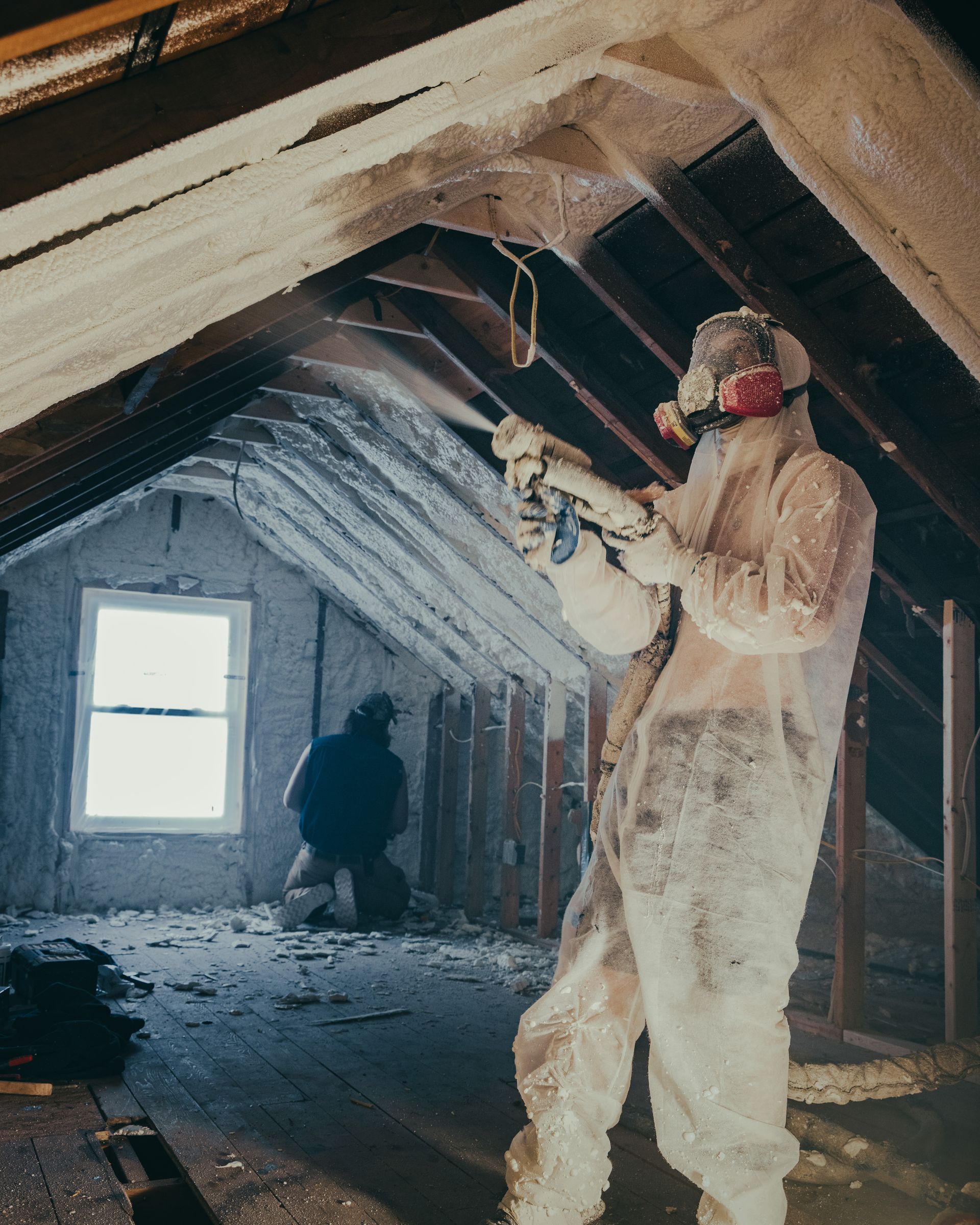
Contrary to popular belief, spray foam insulation does not cause wood to rot. In fact, when properly installed, it can protect wooden structures from water damage and extend the life of a property . This misconception likely stems from cases where improper installation led to moisture issues. However, spray foam ‘s ability to create an airtight seal actually reduces the risk of moisture penetration, preventing rot and preserving the integrity of wooden components. Its thermal insulation properties also help maintain stable temperatures, reducing the pressure on building materials. By protecting wood and improving energy efficiency, spray foam can significantly lower a property ‘s carbon footprint while ensuring long-term structural integrity.
Why Spray Foam Actually Protects Wood From Moisture
Spray foam insulation actively protects wood from moisture damage by creating an impermeable barrier. Unlike traditional insulation materials such as mineral wool , polystyrene , or polyisocyanurate , spray foam expands to fill gaps and cracks, preventing water vapor from penetrating wooden structures in attics and other areas. This airtight seal not only safeguards the wood but also enhances energy efficiency by eliminating air leaks and thermal bridges.
The Importance of Proper Installation
Proper installation is crucial to ensure spray foam insulation performs as intended and doesn’t contribute to moisture issues. Professional installers understand the truth about foam ‘s behavior and how it interacts with different building materials, including roofing components. They also know how to prevent ice dams and properly seal duct work, ensuring the insulation creates an effective barrier against moisture and air infiltration .
Myth 3: All Spray Foam Systems Are the Same
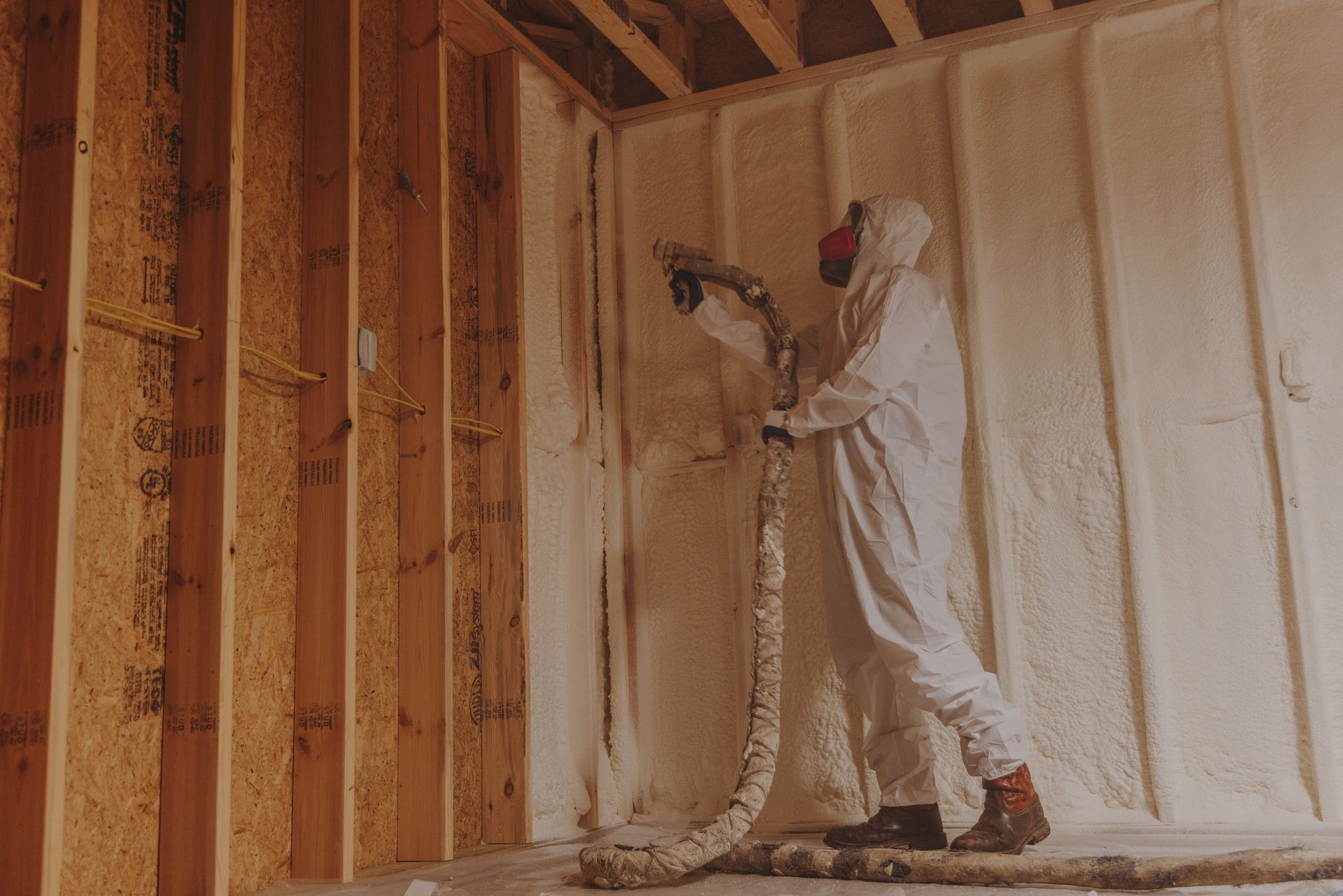
Not all spray foam systems are created equal. While many people assume building insulation is a one-size-fits-all solution , the reality is far more complex. Different types of spray foam offer varying levels of insulation, vapor barrier properties, and heat transfer resistance. Understanding these differences requires knowledge of how manufacturers produce their products and how they perform in various applications. From open- cell to closed- cell foams, each type has its unique characteristics that set it apart from traditional insulation materials like fiberglass . This diversity in spray foam systems allows homeowners and contractors to choose the most suitable option for their specific needs.
Different Types of Spray Foam Explained
Spray foam insulation comes in two main types: open- cell and closed- cell . Open- cell foam is lighter and more flexible, making it ideal for interior spaces and soundproofing . Closed- cell foam offers superior insulation and moisture resistance, making it suitable for exterior applications and areas prone to high humidity . Both types can be used on various surfaces, including metal , tile , and concrete, to regulate heat transfer and create a comfortable living space .
Choosing the Right Foam for Your Needs
Selecting the right foam for a project requires careful consideration of factors such as climate , building structure, and specific insulation needs. Homeowners should consult with professionals to address concerns about health , humidity control, and crawl space insulation. Accurate information from reputable sources like Mammoth can help dispel misinformation and guide decision-making. Here’s a comparison of open- cell and closed- cell foam options:
| Feature | Open-Cell Foam | Closed-Cell Foam |
|---|---|---|
| Density | Lower | HIgher |
| R-value per inch | 3.6-3.8 | 6.0-7.0 |
| Air Barrier | Yes | Yes |
| Vapor Barrier | No | Yes |
| Water Resistance | Low | High |
| Sound Reduction | Excellent | Good |
How Manufacturers Differ in Quality
Manufacturers of spray foam insulation systems differ significantly in quality, impacting the overall performance of the product in construction . This variation debunks the myth that all spray foam systems are identical. High-quality manufacturers prioritize rigorous testing, ensuring their products meet strict standards for roof insulation, wire protection, and indoor air quality . These companies invest in research and development to create innovative formulations that address specific challenges in the building industry.
- Quality varies among spray foam manufacturers
- Top manufacturers conduct rigorous testing
- High-quality products meet strict industry standards
- Innovative formulations address specific construction challenges
- Product performance impacts overall building efficiency
Myth 4: Spray Foam Is Expensive

The perception that spray foam insulation is expensive often overshadows its long-term benefits. While the initial cost may be higher than traditional insulation methods, spray foam ‘s superior performance in reducing air infiltration and energy loss can lead to significant savings over time. This advanced insulation system offers unparalleled protection for pipes and drywall , contributing to a more efficient home. By examining the initial costs against long-term savings, comparing expenses with traditional methods, and considering available rebates and energy savings, homeowners can gain a clearer picture of spray foam ‘s true value for their money .
Initial Costs vs. Long-Term Savings
While spray foam insulation may have higher upfront costs, its long-term savings often outweigh the initial investment . Improved airflow control and enhanced sustainability contribute to reduced energy bills over time. Homeowners can request a free quote to compare costs and potential savings. Spray foam ‘s ability to protect roof shingles and seal around windows further adds to its value proposition, making it a cost-effective choice for those seeking long-term energy efficiency:
| Factor | Initial Cost | Long-Term Savings |
|---|---|---|
| Energy Bills | Higher | Lower |
| Maintenance | Higher | Lower |
| Home Value | N/A | Increased |
| Comfort | N/A | Improved |
Comparing Expenses With Traditional Insulation Methods
Comparing spray foam insulation expenses with traditional methods reveals surprising insights. While installing spray foam may have a higher initial cost, its superior ability to prevent condensation and reduce pollution often results in lower long-term expenses. Traditional insulation materials like fiberglass or cellulose may seem cheaper upfront, but they can’t match spray foam ‘s energy efficiency and durability, potentially leading to higher utility bills and more frequent replacements over time.
Rebates and Energy Savings That Reduce Overall Costs
Rebates and energy savings significantly reduce the overall costs of spray foam insulation. Many utility companies and government agencies offer incentives for energy -efficient home improvements, including spray foam installation. These rebates and the substantial energy savings achieved through improved insulation can offset the initial investment over time. Homeowners can expect to see lower utility bills and increased home value as a result of their spray foam investment :
| Benefit | Potential Savings |
|---|---|
| Energy Bill Reduction | Up to 50% |
| Government Rebates | Varies by location |
| Increased Home Value | 3-5% on average |
| HVAC Efficiency | 15-20% improvement |
Myth 5: Spray Foam Is Dangerous to Your Health

The notion that spray foam insulation poses significant health risks has been a source of concern for many homeowners. However, this misconception often stems from a lack of understanding about the product and its application process. While it’s true that proper safety measures are crucial during installation, scientific evidence supports the long-term safety of cured spray foam insulation. By examining the facts, understanding the importance of proper ventilation during application, and considering the health benefits of improved indoor air quality , it becomes clear that spray foam insulation can actually contribute positively to a home’s overall health environment.
Debunking Health Concerns With Scientific Evidence
Scientific studies have consistently shown that properly installed and cured spray foam insulation poses minimal health risks to occupants. Researchers have found that once the foam has fully cured, it becomes inert and does not release harmful chemicals into the indoor environment. These findings support the long-term safety of spray foam insulation when applied correctly by trained professionals.
Ventilation and Safety Protocols During Application
Professional installers follow strict ventilation and safety protocols during spray foam application to ensure workers’ and occupants’ health and safety. They use specialized protective equipment and set up proper ventilation systems to minimize exposure to fumes and particles during the installation process. Homeowners are typically advised to vacate the premises for a specified period, allowing the foam to cure fully and any residual odors to dissipate before reoccupying the space .
Long-Term Health Benefits of Improved Insulation
Improved insulation through spray foam offers long-term health benefits by creating a healthier indoor environment. By reducing air infiltration , spray foam helps prevent the entry of allergens, pollutants, and moisture , which can lead to mold growth. This improved air quality can alleviate respiratory issues and reduce the risk of allergies. Additionally, the consistent temperature control provided by spray foam insulation helps maintain a comfortable living space , reducing stress on the body and promoting overall well-being.
- Reduces allergens and pollutants in the home
- Prevents moisture buildup and mold growth
- Improves indoor air quality
- Maintains consistent temperature for comfort
- Reduces stress on the body
Myth 6: Spray Foam Is Just Like Any Other Insulation

Spray foam insulation stands apart from traditional insulation materials, offering unique advantages that set it apart in the construction industry. Unlike fiberglass or cellulose , spray foam expands to fill every nook and cranny, creating an airtight seal that significantly enhances a building’s energy efficiency. This innovative insulation solution not only provides superior thermal resistance but also acts as an effective air barrier, preventing drafts and moisture infiltration . The durability and longevity of spray foam insulation far surpass those of conventional alternatives, making it a wise investment for homeowners seeking long-term performance and energy savings.
The Unique Benefits of Spray Foam Over Other Materials
Spray foam insulation offers unique benefits that set it apart from traditional materials. Its ability to expand and fill gaps creates an airtight seal, providing superior thermal insulation and moisture control. Compared to conventional insulation options, this results in improved energy efficiency, reduced utility costs, and enhanced indoor comfort.
Energy Efficiency and Air Barrier Properties
Spray foam insulation excels in energy efficiency and air barrier properties compared to traditional insulation materials. Its unique ability to expand and seal even the tiniest gaps creates an airtight envelope, significantly reducing air leakage and heat transfer . This superior performance translates to lower energy bills and improved indoor comfort, making spray foam a standout choice for homeowners seeking optimal insulation solutions:
| Property | Spray Foam | Traditional Insulation |
|---|---|---|
| Air Sealing | Excellent | Poor to Fair |
| R-value per inch | 6.0-7.0 (closed cell) | 2.2-2.7 (fiberglass) |
| Moisture Resistance | High | Low to Moderate |
| Longevity | 50+ years | 15-25 years |
Durability and Longevity Compared to Alternatives
Spray foam insulation demonstrates superior durability and longevity compared to traditional alternatives. While conventional insulation materials may settle, compress, or degrade over time, spray foam maintains its integrity and performance for decades. This exceptional longevity translates to fewer replacements and repairs, making spray foam a cost-effective choice for homeowners seeking long-term insulation solutions.
Myth 7: Spray Foam Will Ruin My Walls

The concern that spray foam insulation will damage walls is a common misconception among homeowners. In reality, when properly applied by trained professionals, spray foam can actually enhance the structural integrity of walls while providing superior insulation. This section examines how spray foam expands within wall cavities without causing harm, the professional techniques used to ensure safe application, and the options available for repairs or adjustments after installation. By understanding these aspects, homeowners can make informed decisions about using spray foam insulation in their properties.
How Spray Foam Expands Within Walls Without Damage
Spray foam expands within wall cavities without causing damage due to its carefully engineered formulation. Professional installers calculate the precise amount of foam needed to fill the space without exerting excessive pressure on the walls. The foam ‘s controlled expansion allows it to conform to the contours of the cavity, creating a seamless insulation layer without compromising the structural integrity of the surrounding materials.
Professional Application Techniques to Ensure Safety
Professional installers employ specialized techniques to ensure the safe application of spray foam insulation. They carefully control the foam ‘s expansion rate and use precise measurements to avoid overfilling wall cavities. Installers also employ infrared cameras and moisture meters to detect potential issues before and after application, ensuring the integrity of the walls and surrounding structures.
Repairability and Adjustments After Installation
Contrary to popular belief, spray foam insulation allows for repairs and adjustments after installation. If necessary, professionals can remove sections of foam , make repairs, and reapply insulation without compromising the overall effectiveness. This flexibility ensures that homeowners can address any unforeseen issues or make changes to their insulation system as needed.
- Spray foam can be removed and reapplied if needed
- Repairs can be made without compromising insulation effectiveness
- Professionals can address unforeseen issues post-installation
- Flexibility allows for changes to the insulation system over time
Myth 8: Spray Foam Is Only for the Bottom Floor

The misconception that spray foam insulation is only suitable for the bottom floor of a home overlooks its versatility and effectiveness throughout a building’s structure. In reality, spray foam can be applied to various areas of a home, from basements to attics, providing consistent insulation and energy efficiency across multiple levels. This section explores the benefits of using spray foam in different parts of a house, presents case studies demonstrating successful multi-level insulation projects, and examines how spray foam can address uneven temperature issues commonly experienced in multi-story homes. By understanding the full potential of spray foam insulation, homeowners can make informed decisions about improving their entire home’s energy performance.
Benefits of Spray Foam for Various Home Areas
Spray foam insulation offers benefits throughout various areas of a home, not just the bottom floor . Its versatility allows for effective application in attics, walls, crawl spaces, and even roof decks. The foam ‘s ability to expand and seal gaps makes it particularly useful in hard-to-reach areas, providing consistent insulation and air sealing across all levels of a structure.
Addressing Uneven Home Temperatures With Spray Foam
Spray foam insulation effectively addresses uneven temperatures in multi-story homes by creating a consistent thermal barrier throughout the structure. By applying foam to all levels, including attics and crawl spaces, homeowners can eliminate cold spots and reduce temperature fluctuations between floors. This comprehensive approach ensures a more comfortable living environment and improved energy efficiency across the entire home:
| Area | Temperature Issue | Spray Foam Solution |
|---|---|---|
| Attic | Heat buildup in summer | Insulates roof deck, reduces heat transfer |
| Mid-level floors | Drafts and temperature fluctuations | Seals air leaks, provides consistent insulation |
| Basement / Crawl Space | Cold floors, moisture issues | Creates moisture barrier, improves overall comfort |
Conclusion
Dispelling myths about spray foam insulation empowers homeowners to make informed decisions about their insulation needs. By understanding the truth behind common misconceptions, individuals can fully appreciate the benefits of spray foam , including its safety, effectiveness, and long-term value. This knowledge helps homeowners optimize their energy efficiency, improve indoor comfort, and potentially reduce their environmental impact. Ultimately, debunking these myths paves the way for more widespread adoption of spray foam insulation, contributing to better-insulated, more sustainable homes across diverse climates and building types.



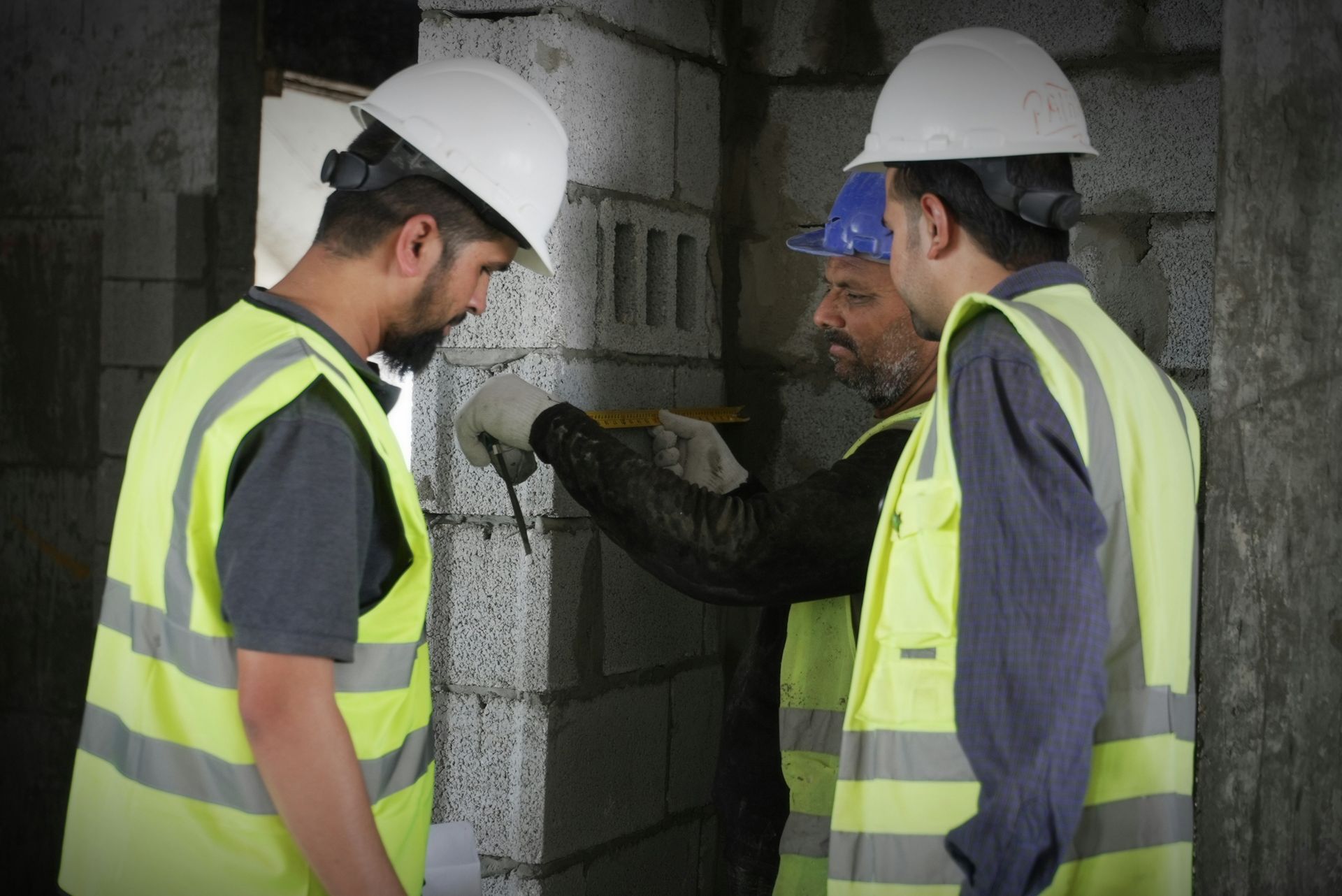
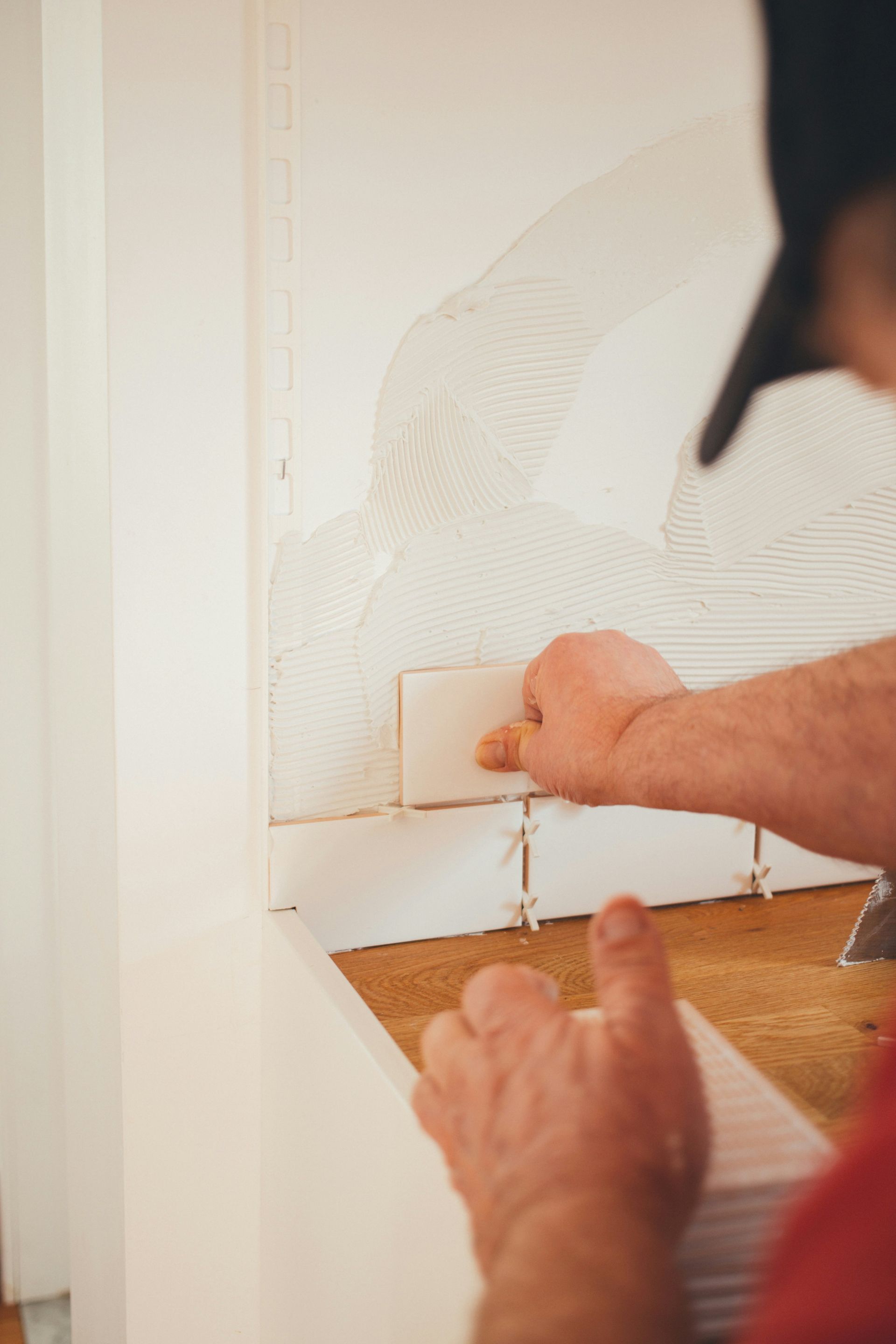

Share On: